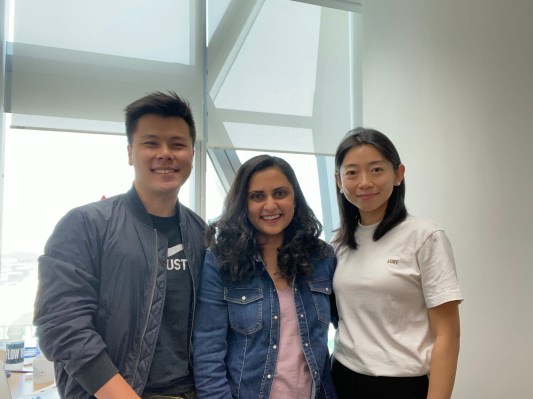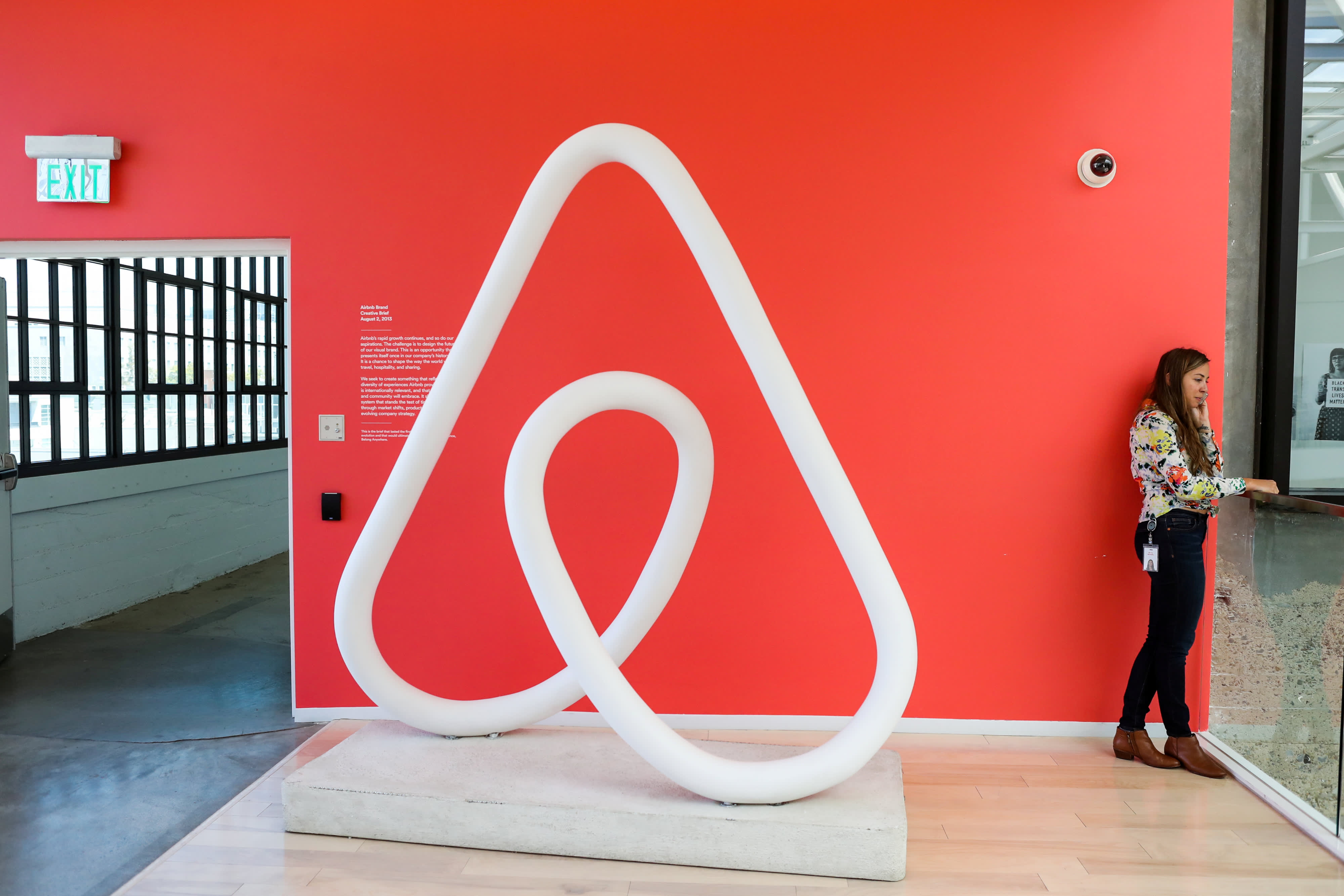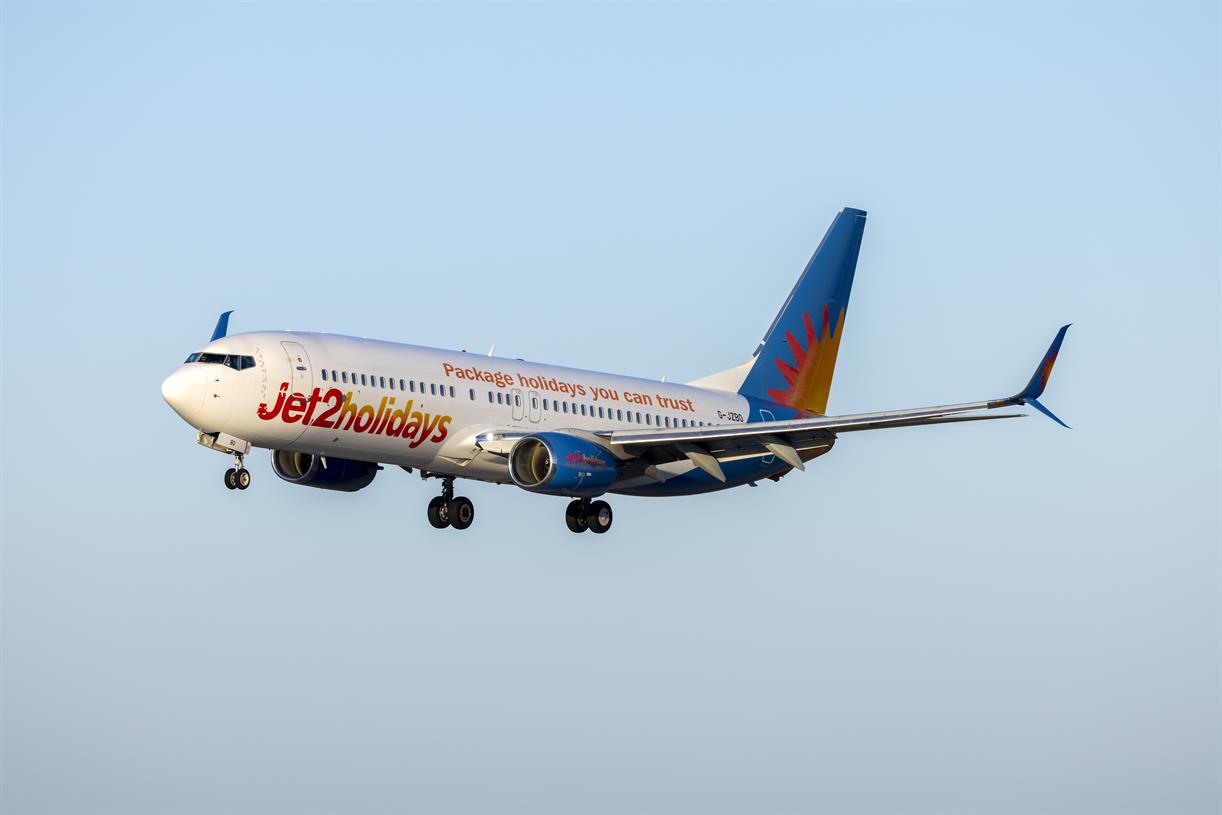Robotaxis are driving on thin ice
Illustration by Alex Castro / The VergeThe day after California regulators handed driverless car companies a major victory, allowing them to expand their services without restriction in San Francisco, a herd of robotaxis decided to celebrate by breaking down...
/cdn.vox-cdn.com/uploads/chorus_asset/file/23252596/acastro_220216_STK003_0001.jpg)
The day after California regulators handed driverless car companies a major victory, allowing them to expand their services without restriction in San Francisco, a herd of robotaxis decided to celebrate by breaking down in the middle of a busy street.
According to several local news reports, 10 Cruise vehicles sat paralyzed in a busy intersection near the Outside Lands Music Festival, causing a traffic jam and drawing exasperation from witnesses. The company told KPIX that the music festival caused “wireless connectivity issues” with its vehicles. In other words, festivalgoers were overwhelming the cellular networks, making it difficult for Cruise’s vehicles to send and receive information.
It was a bizarre end to a week that otherwise represented a significant milestone in the development of autonomous vehicles
It was a bizarre end to a week that otherwise represented a significant milestone in the development of autonomous vehicles. The California Public Utilities Commission (CPUC) overrode the concerns of San Francisco’s transit and fire officials as well as several hundred local residents who testified during the six-and-a-half-hour hearing to approve a dramatic expansion of robotaxi services in the city. The orange cone protest did not achieve its desired outcome.
And it was a sign of more conflict to come, as cities that serve as ground zero for this science experiment face pushback from states that set the rules of the road for driverless cars and seek out conformity in how the technology is regulated.
“Every blocked traffic incident is going to add to degrading public opinion and enthusiasm for the technology, regardless of which company is having the problems,” said Philip Koopman, a Carnegie Mellon University professor who has conducted research on autonomous vehicle safety for decades. “When a large adverse event eventually happens, all that pent up public opinion is going to make it much more difficult for companies to deal with the situation.”
The sight of a robot traffic jam was unfortunately all too familiar in San Francisco. For months, city officials have complained about blocked roads, obstructed emergency response vehicles, and other bizarre behavior by these driverless cars. A Waymo vehicle ran over and killed a small dog — inspiring a street painting memorializing the martyred canine. And as more vehicles are deployed and the companies begin commercializing the service, more obstructions are to be expected.
“Every blocked traffic incident is going to add to degrading public opinion and enthusiasm for the technology”
Other cities will follow. Waymo has its sights set on Los Angeles and New York City, while Cruise is testing its vehicles in Miami and Austin, Texas. The companies are under enormous pressure to turn on the money spigots after their parent companies have invested tens of billions of dollars for more than a decade with very little money flowing back into their coffers.
Those cities will face similar issues as San Francisco: blocked roads, embarrassing media coverage, and populations split over the utility of robot cars versus the need to reduce car use overall.
The robotaxi dilemma is also shining a light on the divided way we regulate cars in the US. The federal government creates vehicle safety rules, leaving the states to license drivers, register vehicles, and enforce the rules of the road. All that’s left for cities to do is make minor infrastructure decisions, help direct traffic — and not much else.
The companies could do themselves a big favor by doing more outreach. Obstructing emergency vehicles, in particular, is unlikely to help win over the hearts and minds of the residents you’re hoping will become new customers, let alone not piss off the populace you’re trying to serve. Driverless car companies are required to report crashes and vehicle miles traveled to the state and federal government, but San Francisco officials say they want more data, including incidents in which robotaxis shut down in the middle of the street or block bike lanes. So far, the companies have been silent on this matter.
The companies could do themselves a big favor by doing more outreach
“More transparency and improvement on issues the public cares about are essential,” Koopman said. “This technology will not succeed without trust, and it is much easier to lose trust with a single bad event than it is to regain it afterwards.”
Cruise and Waymo say they are in constant dialogue with police, fire, and emergency services and have created training programs for first responders to “safely interact” with their vehicles. They also say that every incident is used as training data to be uploaded to the rest of the fleet to avoid repeating the same mistakes.
“This is just the beginning. It’s far from the end,” Aaron Peskin, president of the city’s Board of Supervisors, told The San Francisco Chronicle on Sunday. “We need to get it right and we are trying to partner with Cruise and Waymo, which hasn’t been real smooth. They are very secretive.” Peskin said the city documented 55 incidents involving driverless cars interfering with first responders so far this year.
The next phase is likely to be highly litigious. Peskin wants the city to “slow down or walk back” the expanded rollout of robot cars. That could include requesting another hearing or another vote from the CPUC. Failing that, the city could sue the commission, which is under the authority of Governor Gavin Newsom.
Cities will always be at a disadvantage in these types of fights. California, in particular, has shown a willingness to set aside local concerns about traffic, labor, and safety for the unimpeded progress of Big Tech companies. In 2020, voters approved a ballot measure to allow companies like Uber, Lyft, and DoorDash to continue treating their workers like independent contractors rather than employees.
Cities will always be at a disadvantage in these types of fights
You can tell that many San Franciscans are sick and tired of playing guinea pig to these tech companies. First came Uber and Lyft. Then the electric scooters. Now, it’s the driverless cars. The weariness came through the testimony of dozens of people who waited hours to say their piece during the CPUC commission.
There was plenty of support, too — people who were disabled or distrustful of human drivers or didn’t want to appear to be burying their heads in the sand when new technology becomes available. After all, disruption and inconvenience tend to go hand in hand, said Raj Rajkumar, a robotics professor at Carnegie Mellon University. Think of the advent of indoor plumbing or the installation of natural gas lines or building roads and highways.
“All were major societal changes and caused a lot of inconveniences and discomfort, but we cannot live without them today,” he said. “Negatives get the news headlines and strong passions attract the most attention. But day-to-day convenience and usability for many customers (assuming that this comes to pass) will begin to triumph.”
Opponents are not likely to take these major changes lying down. In the weeks leading up to the CPUC vote, several videos went viral of people placing orange cones on the hoods of the vehicles, effectively disabling them. They called it the “Week of Cone,” and it was meant to demonstrate how easy it was to confuse these supposedly high-tech vehicles.
Their message was simple: if it’s so easy to stop a driverless car dead in its tracks, why should they be trusted to operate freely in a busy city?

 Lynk
Lynk 































